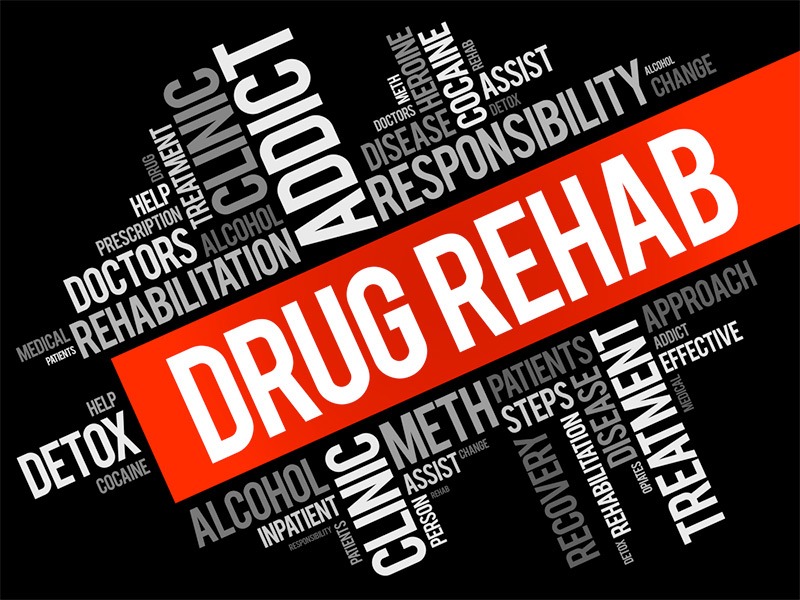Drug-free Life - The Facts
Drug-free Life - The Facts
Blog Article
The Drug-free Life Ideas
Table of ContentsFascination About Drug-free LifeUnknown Facts About Drug-free LifeThe smart Trick of Drug-free Life That Nobody is Talking AboutAn Unbiased View of Drug-free LifeGetting The Drug-free Life To WorkThe Basic Principles Of Drug-free Life
This short article will explore numerous kinds of rehabilitation, degrees of addiction treatment, what to anticipate from therapy, and just how to discover the ideal addiction treatment program. There are different levels of addiction treatment. When needed to take care of withdrawal from substances such as opioids, alcohol, and sedating medications such as benzodiazepines, treatment starts with clinical detoxing.Upon completion of treatment, an aftercare strategy will certainly be created that includes relapse avoidance devices and various other means of post-treatment assistance. Identifying the right therapy plan is an essential part of recouping from addiction. 1 One factor taken into consideration in addiction treatment is the degree of care an individual may call for or benefit one of the most from.
The Greatest Guide To Drug-free Life
Risky usage of the compound. Medicinal sensation associated to the material (i.e., substance resistance; material withdrawal). As evidenced by the a number of possible levels of treatment described by the ASAM, dependency therapy is considered as a complicated procedure that includes many techniques of therapy and treatment. 8 Detoxification is typically among the first healing treatments used in the healing process.
3 For alcohol and certain other substances, medical detox may be necessary to guarantee risk-free physical recuperation and can be possibly lifesaving in some circumstances. 3 Three essential components of many professional detox programs include:3 Initial assessment. Medical and psychosocial stabilization. Drug-Free Life. Fostering patient readiness for the next steps in addiction treatment.
8 Fostering patient preparedness entails aiding the client prepare for follow-up therapy to address material use. 3 Concepts of best therapy methods advise that detoxification facility team proactively connect people to ongoing therapy to promote continual abstaining.
Excitement About Drug-free Life
1 Citizens might stay in an inpatient setting for the length assigned to them according to their therapy strategy. 1 Once a client and support personnel concur that adequate treatment progression is being made, patients may occasionally fall to a fairly much less intensive level of care like outpatient therapy to continue their healing.
Patients can live at home or in other non-clinical setups outside of therapy hours, which might consist of multiple sessions a week and then reduce frequency as progress is made. Basic outpatient services may include meeting with an individual specialist, obtaining drug management, or participating in team treatment.
Excitement About Drug-free Life
These homes are designed to sustain a sober way of living by giving a secure, steady atmosphere with zero tolerance for substance use. 13 A home of this kind is often considered a transitional living setting as it bridges the void hop over to here between intensive treatment and the isolation that can happen when official services are no longer called for.
14 Transitional homes might imply having a roomie or housemates who also wish to enhance their sobriety via the liability the home culture view it provides. Having the links of others in the exact same community is a reliable and commonly necessary part of long-term recuperation. Citizens of sober living homes may remain to take part in therapy, teams, and medicine administration as well as participate in 12-Step meetings and other assistances in their neighborhood.
Support teams can offer links to community-based resources and offer a system of peer assistance at little to no cost. 16 Some assistance groups are females- or men-only or have a spiritual and spiritual focus.
The Ultimate Guide To Drug-free Life

Once admitted into the best treatment program, there are a few things to expect. Upon admission, a person may first take part in a first evaluation and read more intake before (or coinciding with) beginning the clinical detoxing procedure. Throughout the intake phase, a personalized treatment plan may be created to customize to the person's details demands and educate the instructions of treatment.
To maintain the strides made throughout treatment, a period of recovery may be followed by an aftercare program that prepares the patient for maintaining long-lasting recuperation. Talking with an admissions navigator at American Addiction Centers (AAC) can be helpful, giving detailed assistance while looking for treatment, from validating insurance policy coverage to setting up travel.
The Best Guide To Drug-free Life

Report this page